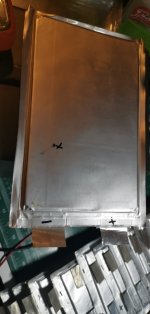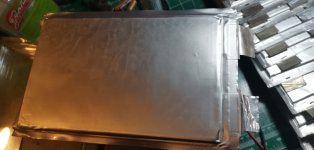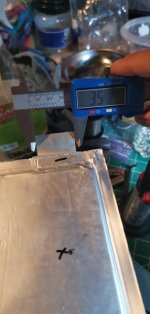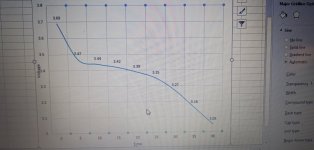Hi all,
I'm trying to identify the chemistry of a 3-4 year old prismatic pouch that measures 240mm*160mm*7mm
I'm pretty familiar with most common chemistries from being in the RC hobby for over 20 years and buildding my own packs of LIPO, LIFE, etc.
I would have assumed they were LiFePO4 but what has me puzzled is that after this time, the voltage of all cells is between 3.5 to 3.6V
The cells have never been used and never connected together.
I thought that charging LIFE packs was done to 3.6V but then the voltage should settle at 3.3V
This is from someone who passed away and could these be a LIPO battery? I don't think they make them that big?
Thanks for the help
I'm trying to identify the chemistry of a 3-4 year old prismatic pouch that measures 240mm*160mm*7mm
I'm pretty familiar with most common chemistries from being in the RC hobby for over 20 years and buildding my own packs of LIPO, LIFE, etc.
I would have assumed they were LiFePO4 but what has me puzzled is that after this time, the voltage of all cells is between 3.5 to 3.6V
The cells have never been used and never connected together.
I thought that charging LIFE packs was done to 3.6V but then the voltage should settle at 3.3V
This is from someone who passed away and could these be a LIPO battery? I don't think they make them that big?
Thanks for the help





